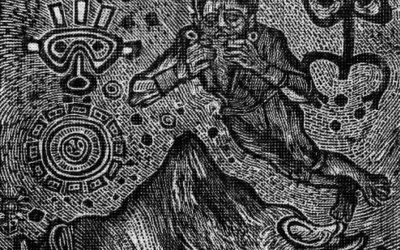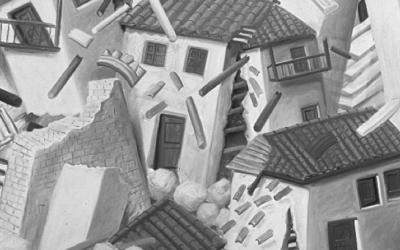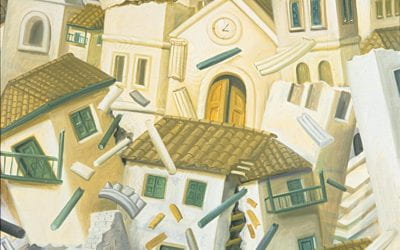Remembering Armero
Dreadful images bind Colombians together. It doesn´t matter if you are rich or poor; from the coast or from the Andean highlands; if you side with the left or with the right, the one thing we all share –probably the only one- is a collection of iconic events condensed in a single tragic shot.
Granted, every country has its own tragedies imprinted in its collective memory. For Americans, the images are the tumbling Twin Towers, the Abu Ghraib prisoner leashed doglike to the woman soldier, maybe the Rodney King beating. The difference is that for Colombians one dreary image overlaps the former in a matter of months, sometimes even hours.
Only seven days after Army tanks stormed the government building where M-19 guerrillas held Supreme Court judges hostage, the eruption of the Nevado del Ruiz Volcano swept away the town of Armero. And the image of the Palace of Justice –and 11 magistrates consumed in flames was quickly replaced by that of Omayra Sanchez.
Omayra was a 13-year-old girl, only two years younger than me at the time. Her house –like her whole town- disappeared under a huge avalanche of lava. When the TV crews found the child, she was trapped up to her neck in mud and debris, her legs tangled in concrete. Despite the efforts of the rescue team, this girl of bright black eyes and curly short hair died of gangrene and hypothermia after three days. Colombians were shocked by her TV-transmitted agony, only made worse by the fact that other 23,000 people had faced a similar –though less mediatic—fate.
When some months later, I went to Armero with my mother, a psychologist writing her thesis dissertation on the tragedy’s post-traumatic effect, I kept looking for some trace of Omayra’s short life. But there was only the barren land.
Winter 2007, Volume VI, Number 2
Juanita León, author of the prizewinning País del Plomo, is currently a Nieman Fellow at Harvard University.
Related Articles
Editor’s Letter: Natural Disasters
We were little black cats with white whiskers and long tails. One musical number from my one and only dance performance—in the fifth grade—has always stuck in my head. It was called “Hernando’s Hideaway,” a rhythm I was told was a tango from a faraway place called Argentina.
After the Earthquake: Juan’s Life
Juan was a construction helper. He lived in Armenia, but his parents were from the Antioquia region, who had fled because of the violence there. The mother of his children was called…
Political Memory
Late in 1717 Dr. Joseph Surin, precentor of the Cathedral of Old Guatemala, carried out some calculations: had the mudslide that wiped the city on the 28th of August, feast day of Saint…




